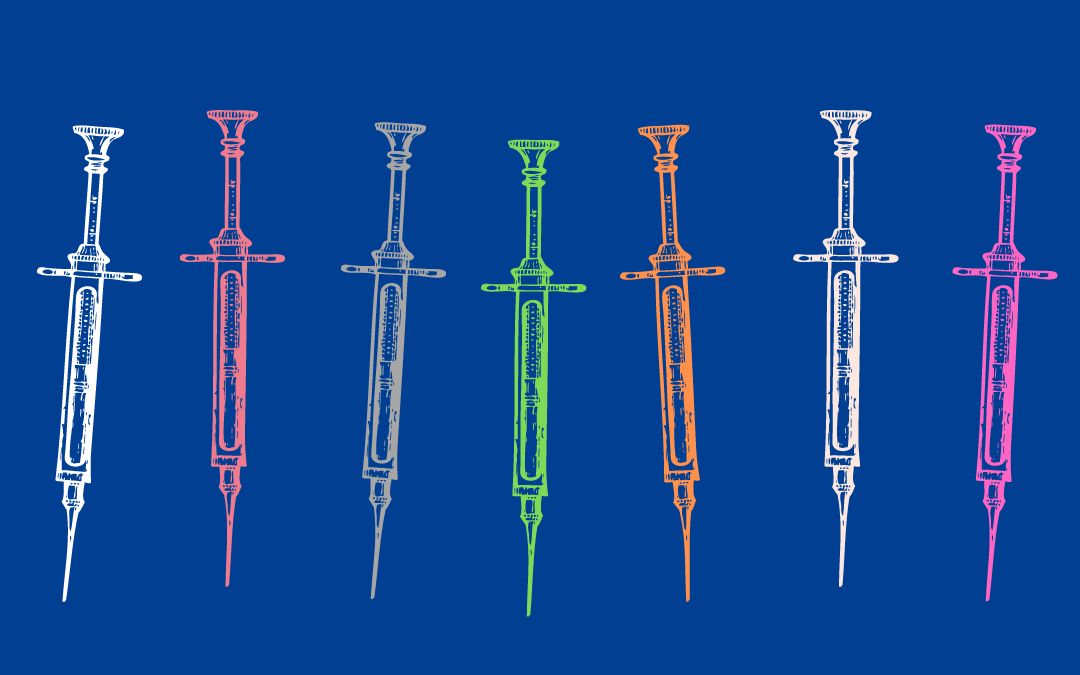Course Description for Fred’s University: Marketing Perspectives on The Harm Reduction Model for Pharma
Until now, addiction services for opioid treatment were a dark spot in pharma profits. Every addict who goes cold turkey is a lost customer for pharma.
But a new Harm Reduction trial in Vancouver offers a promising opportunity for pharma to earn back those customers who have hit rock bottom and monetize the recovery industry via legal prescriptions for addicts.
As part of the Academic-Industry Collaboration program, Revenue Pharma will sponsor a seminar to examine how drug companies can exploit the Harm Reduction space. The test case will be Revenue Pharma’s flagship product, Poxycodone, or Poxy, as it is known on the street.
The course will examine a Vancouver program where doctors are legally prescribing opioids to substance abusers in an attempt to prevent the harms that come from procuring and paying for drugs on the street. In the Canadian Harm Reduction experiment, Fentanyl is administered in a safe, clean medical environment on a regular schedule at no cost to the user.
No more dirty needles, drugs-for-sex, spiked pills, or supply shortages leading to painful withdrawal symptoms. The hope is that addicts will be able to lead comparatively stable, calm lives in this model without the chaos of crime, prostitution, and fear.
Since drug prices are negotiated with the government in Canada, this is not the most profitable scenario for Revenue Pharma. But the model could be very lucrative in the US, where drugs sell at a massive markup. Addiction programs that were legally allowed to administer opioids could be the next growth sector for pharma.
This course is not a gut. Students will be asked to do a free in-depth statistical analysis of the following questions facing the opioid industry:
If Harm Reduction successfully tapers addicts off to zero drugs and patients are able to stay off Poxy, would that be less profitable than an ineffective sobriety rehabilitation strategy that involves lots of lucrative relapses?
Are there possible tax write-offs for pharma supporting Harm Reduction addiction services if it is done through subsidies to non-profits?
Could ad spend dollars used to market Harm Reduction count against the drug education requirements written into some legal settlements against Revenue Pharma, thus reducing our restitution costs?
The current business model for Poxy involves patients bringing home bottles of the drug and both sharing them and selling them to others. In the Harm Reduction model, this mode of distribution is cut off as Poxy is administered in a doctor’s office. How much will the industry lose on street market share versus capturing new in-office prescription profits?
What new routes of street distribution of Poxy could be monetized in the Harm Reduction clinic model using providers for delivery? How can we mobilize rehab providers to get our product back on the streets?
Revenue Pharma uses sophisticated algorithms to calculate the street value of Poxy. How should the algorithm be adjusted to reflect changes in market price caused by a Harm Reduction model? What are the projected impacts on the street price of Poxy in the new model?
Revenue Pharma has already spent a lot of money destigmatizing addiction in an effort to reduce first-time customer reticence about narcotics opioids. What does a regression analysis show are the most cost-effective strategies to capitalize on existing destigmatization efforts to synergize with the Harm Reduction model?
Would it be economical to sponsor research that promotes Harm Reduction, or should the industry let academia pay for it? If results of independent research are not promising for the model’s profitability, how long would it take the industry to fund new favorable results, and what are the potential losses there versus early research subsidy?
The Harm Reduction model would reduce customer deaths, which theoretically would reduce revenue loss. Is retaining some customers who don’t die more profitable than retaining a large number of customers on the edge of death?
The course will end with a celebration at the Opioid Death Memorial Park Party Room, donated by the Sicker Family Trust, and will feature free samples of Poxy as well as some exciting new products targeted to college students that are in the pharma development pipeline.
Comments Closed On This Post
**Starred Comment**
PharmaBro
As part of destigmatization, Purdue Pharma could open luxurious Harm Reduction clinics for the richest Oxycontin addicts. Private clinics could charge retail for Oxy to wealthy uninsured patients, offsetting losses from less profitable wholesale Harm Reduction prescriptions.
Product placement of the glam clinics in edgy Netflix series might inexpensively promote the model. Celebrity endorsements also go a long way. Revenue Pharma could offer free Poxy to target stars to get them hooked, then offer them rehab reality show roles in series featuring our clinics once their career tanked.
Articles about Harm Reduction usually feature sad testimonials from gritty addicts. That’s a negative for Revenue Pharma. We would be much better off elevating the image of Harm Reduction with sexy starlets in our pay.
Also Read: Work Begins on the Revenue Pharma Opioid Death Memorial

